Fire Assay
Furnaces & Supplies
Furnace Elements (Customized)
Tile Heart
Insulation Bricks
Cuppelation Blocks
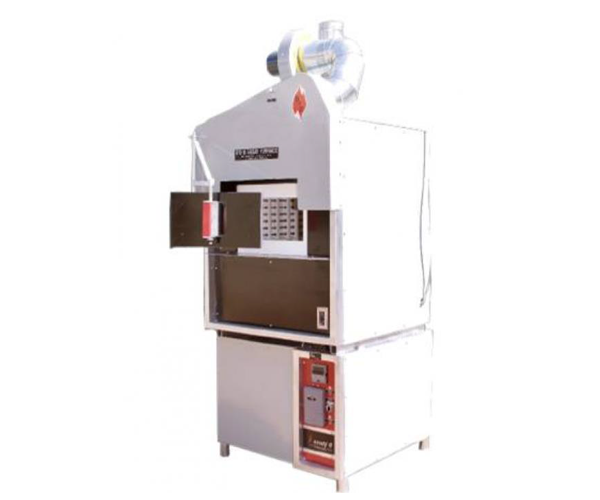
Fire Assay Furnace & parts
Fire Assay Furnace from DFC and Furnace Industries. Complete furnace available and also furnace parts. Repair and service for the furnaces available.
Fire Assay Tools
Crucible Forks
Cupel Forks
Scrapping Tools
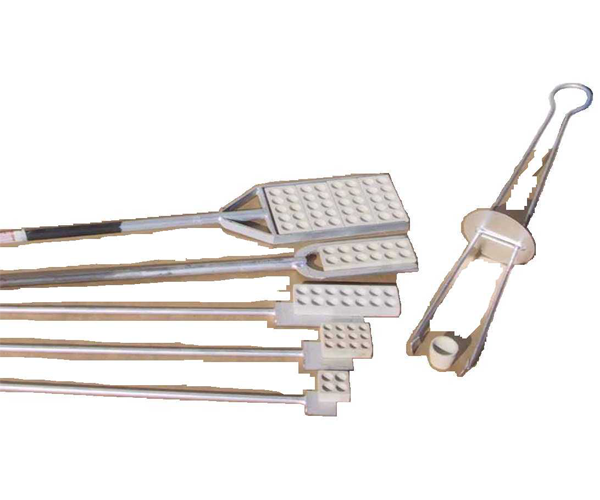
Fire Assay Tools
Crucibles
Our universal fire assay crucibles is fireclay mixed with other refractory materials. They withstand temperatures up to 1300`C.
Read more
This composition and their design give them an excellent resistance against flux attack, erosion, cracking and thermal shock. They can therefore work under harsh conditions, and have a longer life. Furthermore, they have a high resistance to thermal shock, and produce a faster fusion, and constant melting speed.
Another important feature of our fire assay crucibles, is that they are very stable because of their wide base. This is particularly relevant for furnaces that have an irregular ground due to flux attack and erosion.
Last but not least, their dense body also minimizes absorption losses.
30Gr
40Gr
50Gr
55Gr
65Gr
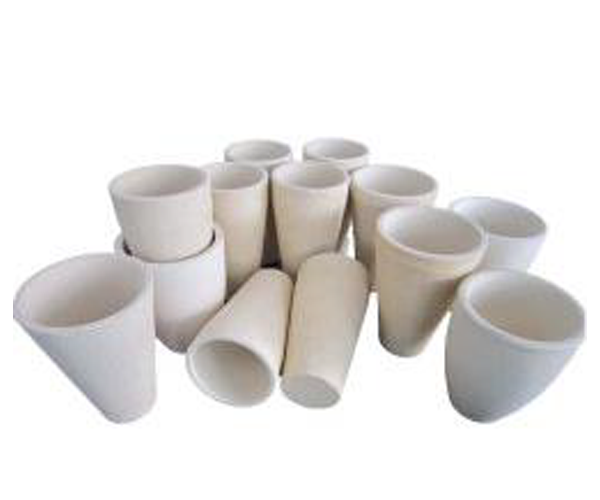
Crucibles
Clay crucible special designed for fire assay testing. Different size available
- 30G
- 40G
- 50G
Crucibles are 6-8 re-usable
Cupels
High quality magnesite is the majoritary component of MABOR magnesia cupels.
MABOR magnesia cupels have a superior quality and offer many advantages:
Read more
Great mechanical strength, and are not affected by atmospheric conditions (not hygroscopic). .
The prill or bead does not adhere to the fire assay cupel surface,
When using MABOR magnesia cupels, the assay have a reduced tendency to freeze.
No cracking or spiting, and the beads do not attach to the fire assay cupel surface.
MABOR magnesia cupels provide security and quickly absorb great amounts of litharge without cracking or pitting.
Our magnesia cupels allow to reduce the Cupellation temperature and time, resulting in minimal losses, higher accuracy and better yields.
Perfect uniformity of Quality of MABOR magnesia cupels
Quality and performance are continuously improved
MABOR magnesia cupels swiftly absorb 70% of their weight in litharge (PbO) at 980ºC wihtout leaking.
Finally, we also supply the whole range of tools to handle the magnesia cupels and blocks, and the consumables to cupellate:
Cupel trays
Tongs and tools to hanfle the cupels or blocks
Multiloaders to load the assay on the cupels or blocks
Assay grade lead foil and tablets, copper inquarts and silver inquarts
Accessories for parting and annealing, including quartz baskets
MABOR BULION BLOCKS
The absorption capacity of the magnesia bullion is about 8g of litharge (PbO) per hole. The magnesia bullion blocks are particularly useful when the samples have similar gold contents because they allow to:
Fully exploit Fire Assay‘s parallel processing capabilities
Fully scale to mass analysis production stage
Use the Same block for Samples, duplicates, standards & blanks
High accuracy – samples undergo equal ambient conditions
Save time – reduce manipulation hazards
Better stability thanks to their larger base
Reduce misplacing errors as assays keep the original array
Ideal for mass analysis of same carat alloy samples
Handling several bevelled blocks at once
Usually, it is possible to combine the use of bullion blocks with parting and annealing baskets. If possible, the assayer will save greats amounts of time and nitric acid.
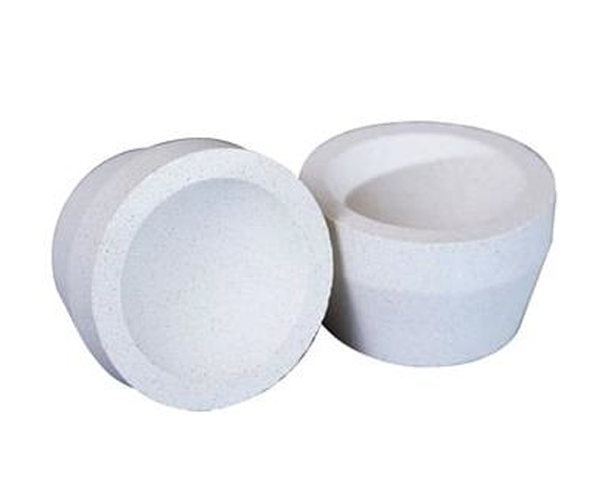
Cupels
Cupels are magnesia or bone ash cup shaped
containers used in assaying to separate
precious metals from base elements such as
lead. They operate as a “differential filter”
and are porous to metal oxides, but not
metals.
Flux
FLUXES IN FIRE ASSAY
AlphaPro can supply all the necessary fluxes for the fire assay process, and we can also pre-mix them according to your own recipe. Externalising the production of your fluxes not only saves you time, but also avoids handling hazardous chemicals in your laboratory.
Read more
A flux is something which converts compounds infusible at a certain temperature into others which melt at this temperature.
In general terms, in order to fuse an acid subtance, it is necessary to employ a basic flux such as litharge or sodium carbonate.
On the other hand if we want to fuse a basic substance, we will use an acid flux such as silica or borax.
A desulphurizing agent is a substance which has a strong affinity for sulphur and which is therefore capable of separating it from some of its compounds.
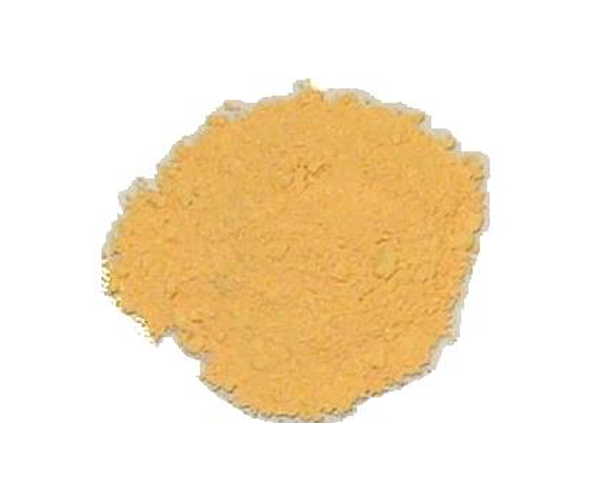
Fire Assay Flux
We mix your flux according to your recipe Or other standard factory recipes available

